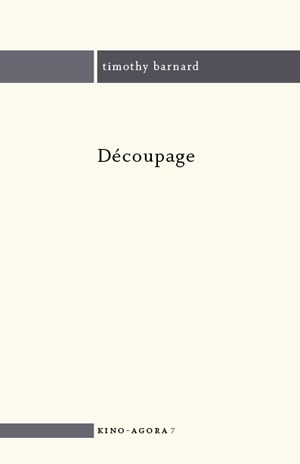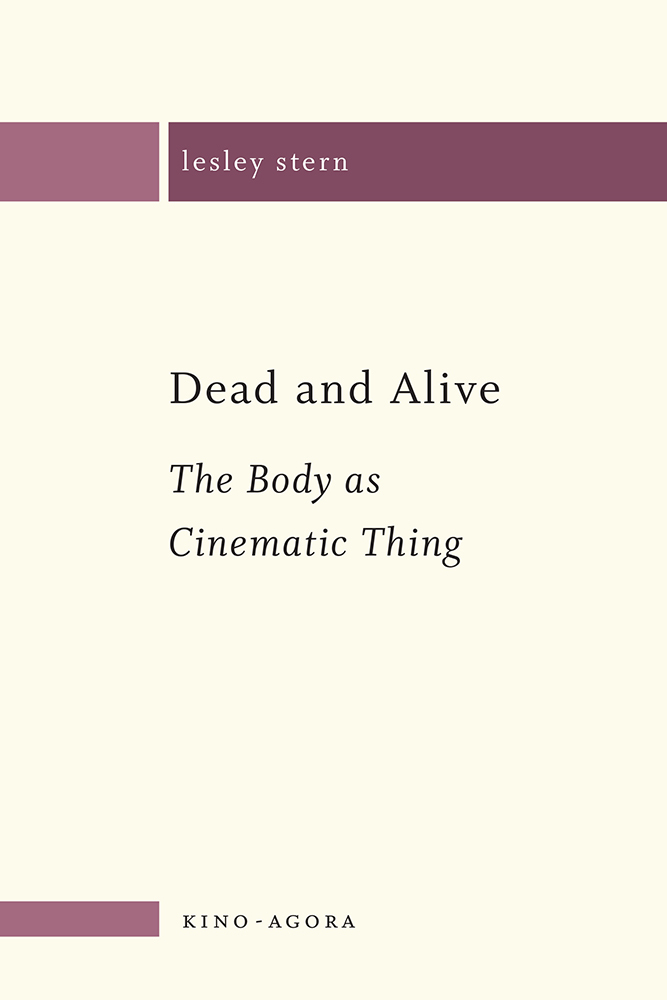Mise en Jeu and Mise en Geste was composed in January 1948, a few months before Sergei Eisenstein’s untimely death. Here Eisenstein insists on subordinating all aspects of mise en scène to some unifying idea or principle inherent in the subject matter, thus transforming it from an incoherent jumble of staging decisions into a “legible text”, wherein the subtext of a given scene or event – its hidden meaning – may be writ large. Unlike Eisenstein’s previous writings on mise en scène, this essay treats separately distinct elements of that notoriously catch-all mise en jeu (transposition “of the interplay of motives” into a sequence of concrete actions); mise en geste (transposition of character into gesture); and mise en cadre (recreating the specific effects of a poetic passage through shot composition). Unfinished at the time of his death, the essay has been reconstructed by the Eisenstein Centre in Moscow and is appearing here in English for the first time. We can clearly see how easily and imperceptibly one may slip from an essentially realistic composition towards one extreme, naturalistic, or the other, conventional and ‘formalist’. It’s just like declaiming verse. A little too much emphasis on the period of the rhythm, and the recitation turns into a lifeless mechanical drone. A touch too slack on rhythmic delivery, and the distinct cadence of verse disintegrates into the baffling formlessness of semi-prose. A little too much emphasis on the circle [formed by the characters], and the mise en scène starts to lean towards ballet and conventional theatre. A bit too careless with the geometric figure, and the clear, distinct, meaningful mise en scène is sucked into the swamp of formless naturalism. —Sergei Eisenstein Sergei Eisenstein’s films include Battleship Potemkin (1926), still recognised today as one of cinema’s great masterpieces. As an early theorist of montage and film aesthetics, his writings display dazzling intellectual virtuosity, erudition and scope. Sergey Levchin is an independent literary and academic translator living in Brooklyn, New York.




